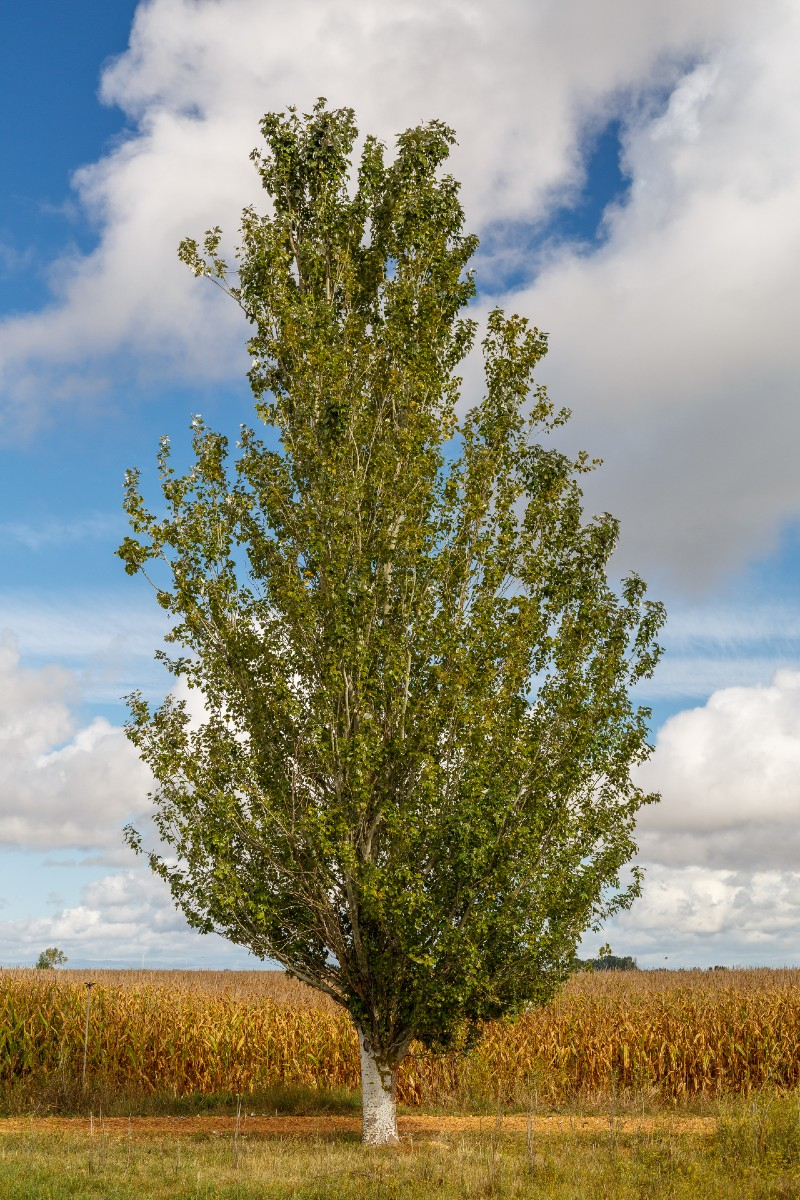
POPULUS alba 'Pyramidalis' Peuplier blanc Pépinière du Penthièvre
Populus alba, commonly called silver poplar, [2] [3] silverleaf poplar, [2] [3] or white poplar, [2] [3] is a species of poplar, most closely related to the aspens ( Populus sect. Populus ).
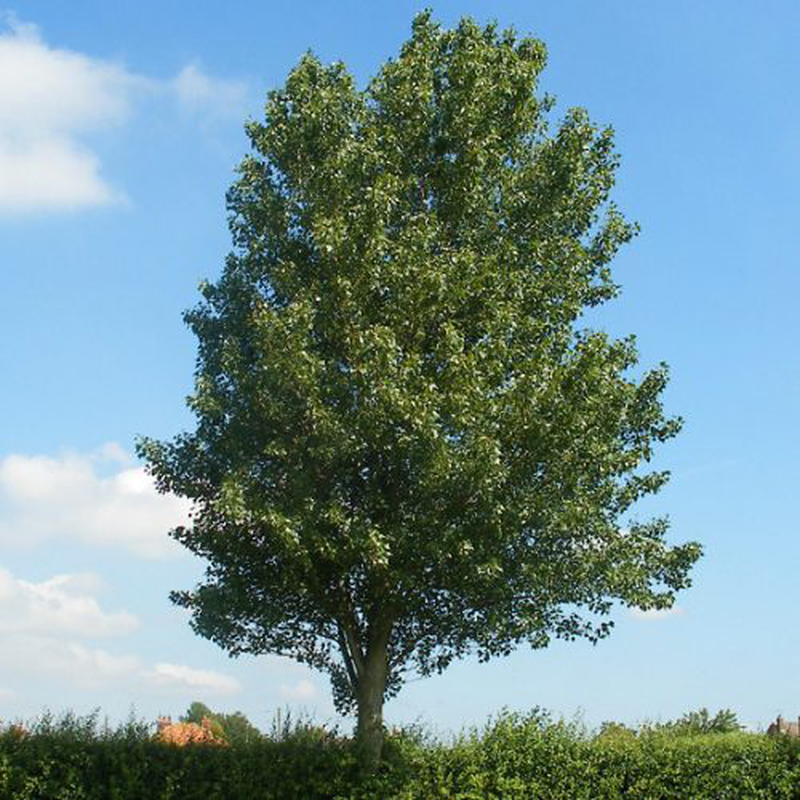
Populus alba Yougardener
The white poplar also has a wide range of pH soil adaptability, thriving on soil that is slightly acidic to tolerating soil that is alkaline If you are not sure how to find out your soil pH it is easy to do. Water
Árboles con alma Álamo.Àlber. (Populus alba)
Populus alba 'Pyramidalis' at the Stadsträdgården, Karlstad, Sweden, in late August 2019. Image Tom Christian. 'Richardii' Upper surface of leaf golden yellow, the underside and the young shoots felted with white wool as in the type. First shown at the International Exhibition, Chelsea, 1921. There is an example at Syon House, London.

Plants of White Poplar POPULUS ALBA The Original Garden
Populus alba and hybrids ]. Early leaves are nearly oval and have margins with rounded teeth [ ]; mature leaves have 3 to 7 blunt lobes [] with toothed to wavy margins [ ]. Leaves measure 1 to 5 inches (3-12 cm) long and are longer than they are wide [ ], but leaf morphology can be variable [ ].

Populus alba 'Raket' Populus alba 'Raket' Van den Berk Nurseries
Populus alba (White Poplar) Plant Info part shade, sun; urban landscapes, parks, farmsteads, mesic woods Pick an image for a larger view. See the glossary Detailed Information Flower: Male and female flowers are on separate trees (dioecious) in hanging clusters (catkins) from the leaf axils of 1 year old branches.
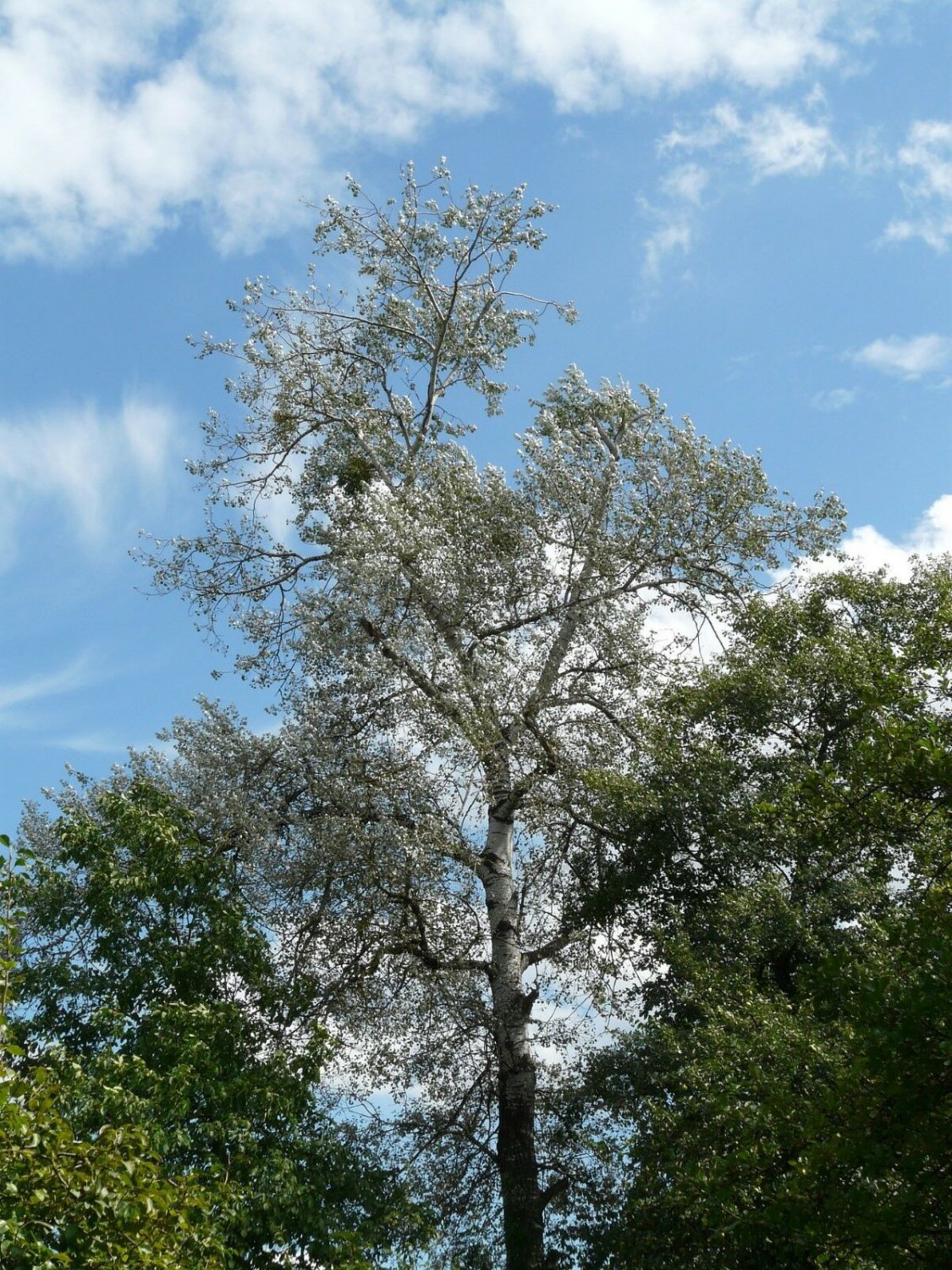
Populus alba (White Poplar) Plant
Populus alba, commonly called abele, silver poplar, silverleaf poplar, or white poplar, is a species of poplar, most closely related to the aspens (Populus sect. Populus). It is native to Morocco and the Iberian Peninsula through central Europe (north to Germany and Poland) to central Asia. It grows in moist sites, often by watersides, in regions with hot summers and cold to mild winters.

Populus alba (white poplar) Go Botany
Populus alba, or white poplar, is a large, very fast-growing deciduous tree. The young twigs and leaves are all covered in downy white hair, which can give it the impression that the tree is covered in snow. The rounded leaves are dark green on top and white and hairy underneath. They look particularly striking on a breezy day against a blue sky.

POPULUS alba 'Pyramidalis' Peuplier blanc Pépinière du Penthièvre
P. alba is a spreading, deciduous tree with a broad crown, suckering freely. Rounded leaves are deeply-lobed, dark green on top and white and downy underneath. Young shoots and leaves are completely white and hairy; yellow autumn colour. In spring, male catkins are red and female, green Other common names abbey abele see more Dutch beech

Populus alba UF/IFAS Assessment University of Florida, Institute of
Common name: white poplar Scientific name: Populus alba Family: Salicaceae Origin: non-native White poplar is a deciduous broadleaf tree which can grow to 20m. The bark is pale grey with lines of black diamond-shaped pores, called lenticels. Twigs are white, and young twigs have a covering of dense white hair that lasts until their second year.

Populus alba
Scientific name: Populus alba Pronunciation: POP-yoo-lus AL-buh Common name (s): White Poplar Family: Salicaceae USDA hardiness zones: 4A through 9B (Fig. 2) Origin: not native to North America Invasive potential: invasive non-native Uses: reclamation; shade Availability: somewhat available, may have to go out of the region to find the tree

Populus alba (white poplar) Go Botany
First published in Sp. Pl.: 1034 (1753) This species is accepted The native range of this species is Central & S. Europe to Xinjiang and W. Himalaya. It is a tree and grows primarily in the temperate biome. It is used as a medicine, has environmental uses and for fuel and food. Taxonomy Images General information Distribution Synonyms Publications
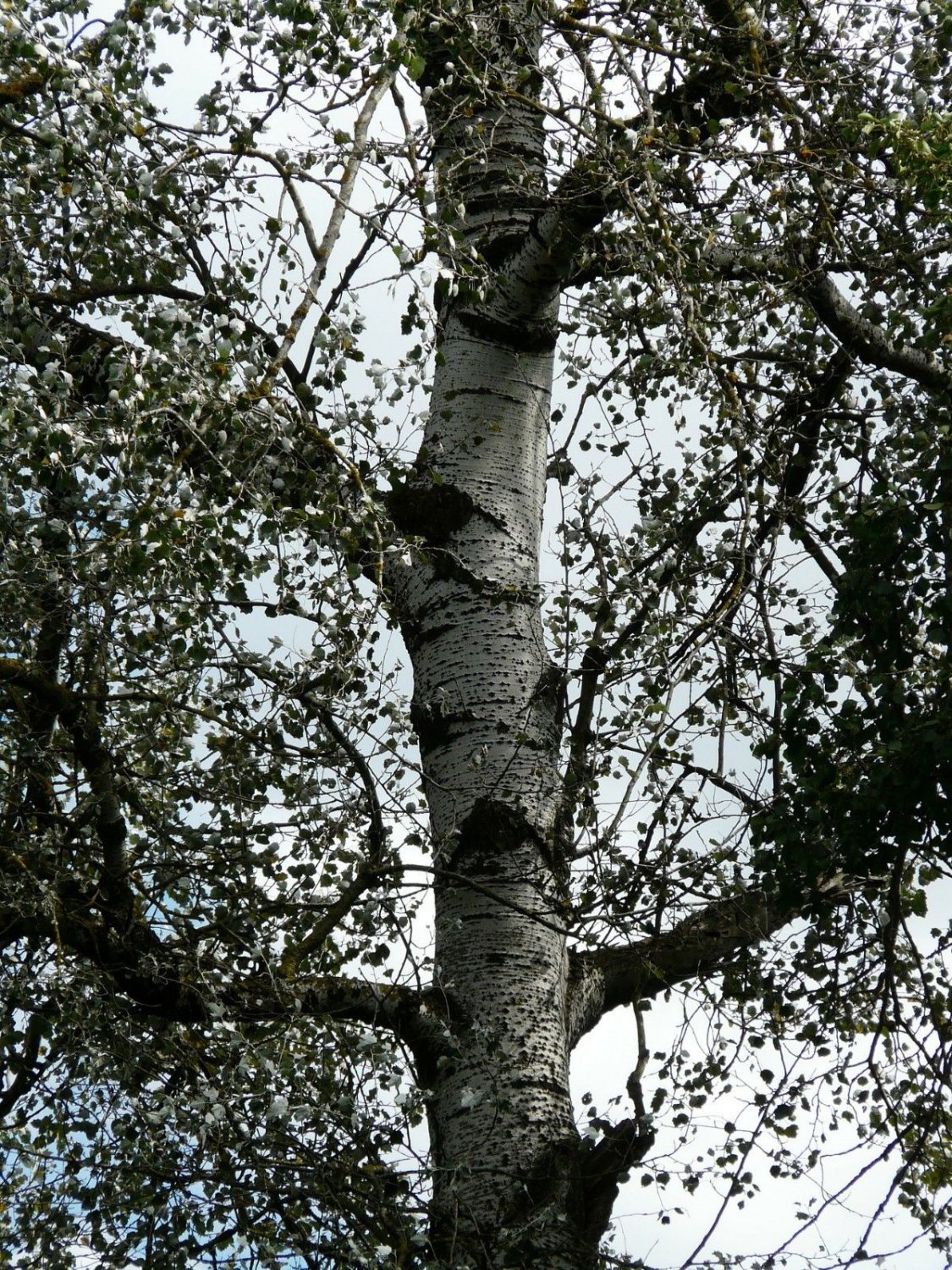
Populus alba (White Poplar) Plant
Characteristics Habitat terrestrial New England state Connecticut Maine Massachusetts New Hampshire Rhode Island Vermont Growth form the plant is a tree Leaf type the leaf blade is simple (i.e., lobed or unlobed but not separated into leaflets ) Leaves per node
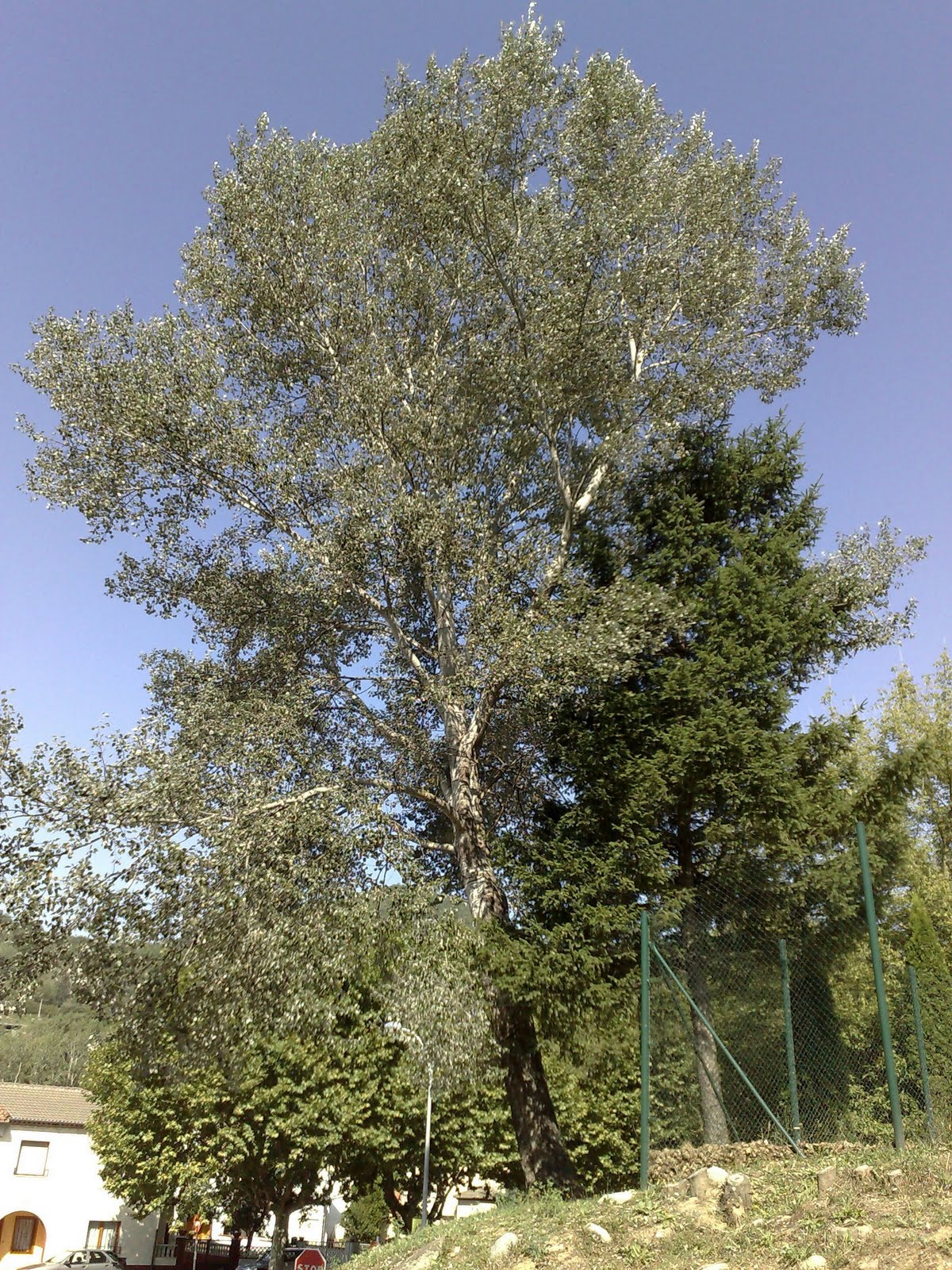
Árboles con alma Álamo.Àlber. (Populus alba)
Fast-growing, Populus alba (White Poplar) is a wide-spreading, suckering, deciduous tree with a broad crown boasting an attractive foliage of 3-5 lobed leaves, up to 5 in. long (12 cm), lustrous dark green above and white and downy underneath.

Populus Alba Buy White Poplar Trees White Poplar Tree
The White Poplar is botanically called Populus alba. The Tree is a deciduous tree, it will be 20 - 30 m (66 - 99 ft) high. The leaves are lobed and the flowers are greenish, red. The tree likes Sun to half-shade at the location and the soil should be sandy - loamy to loamy.

Populus alba (white poplar) Go Botany
Populus Species: alba Family: Salicaceae Life Cycle: Woody Country Or Region Of Origin: Europe, central Asia Distribution: Naturalized in NC; Whole Plant Traits: Plant Type: Tree Woody Plant Leaf Characteristics: Deciduous Habit/Form: Erect; Cultural Conditions: Available Space To Plant: 24-60 feet more than 60 feet; Fruit: Fruit Type: Capsule.
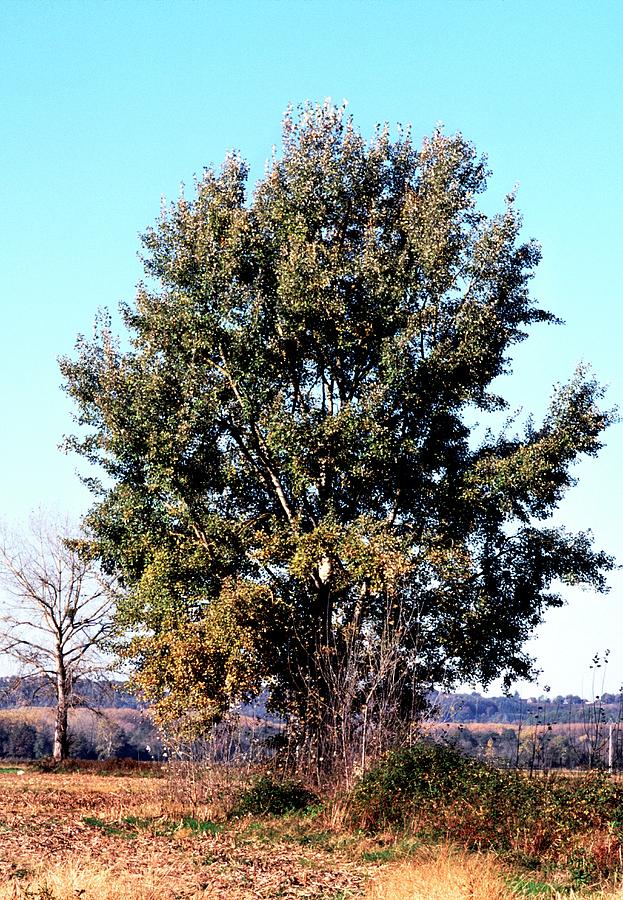
White Poplar (populus Alba) Photograph by Brian Gadsby/science Photo
This datasheet on Populus alba covers Identity, Overview, Associated Diseases, Pests or Pathogens, Distribution, Dispersal, Diagnosis, Biology & Ecology, Environmental Requirements, Natural Enemies, Impacts, Uses, Prevention/Control, Management, Genetics and Breeding, Economics, Further Information. Identity Preferred Scientific Name